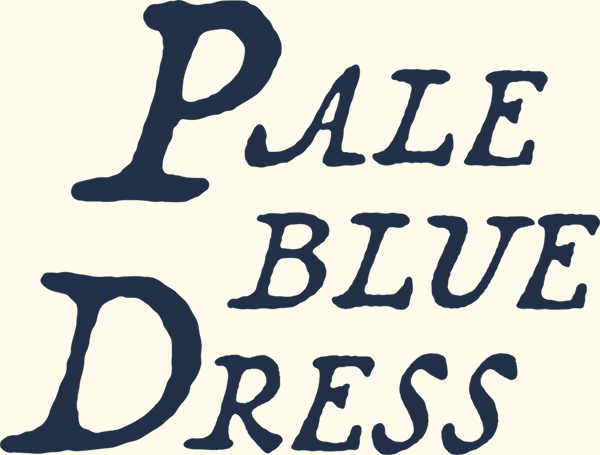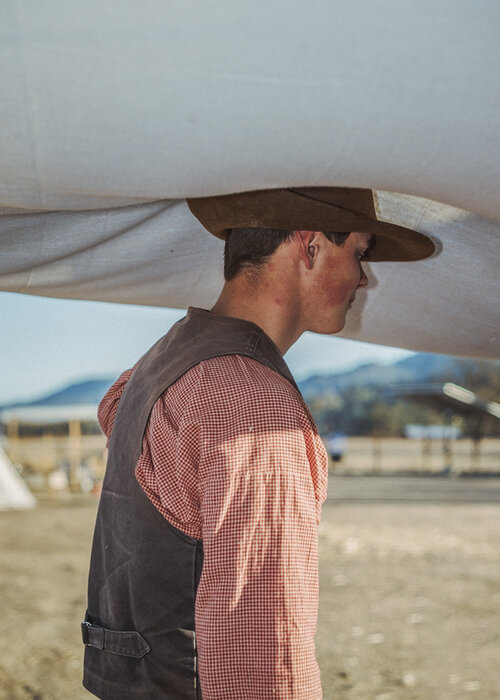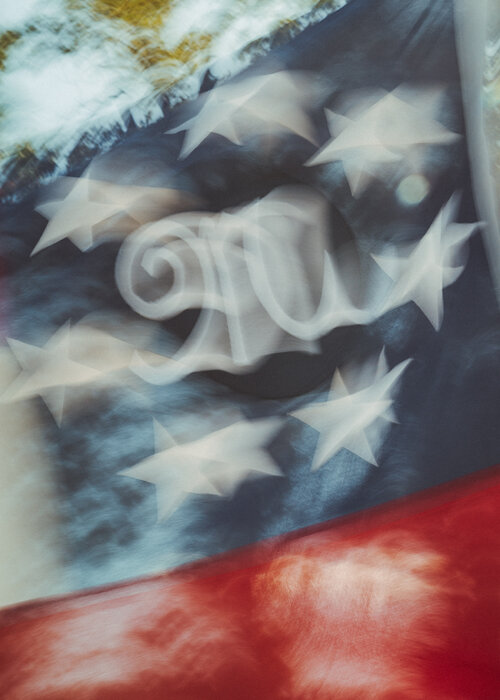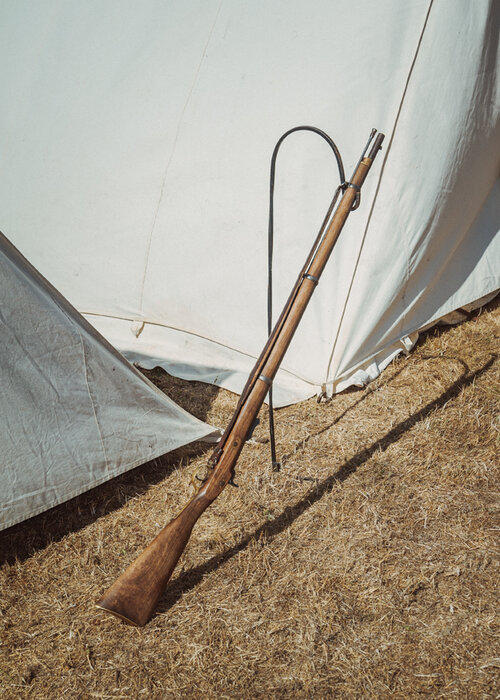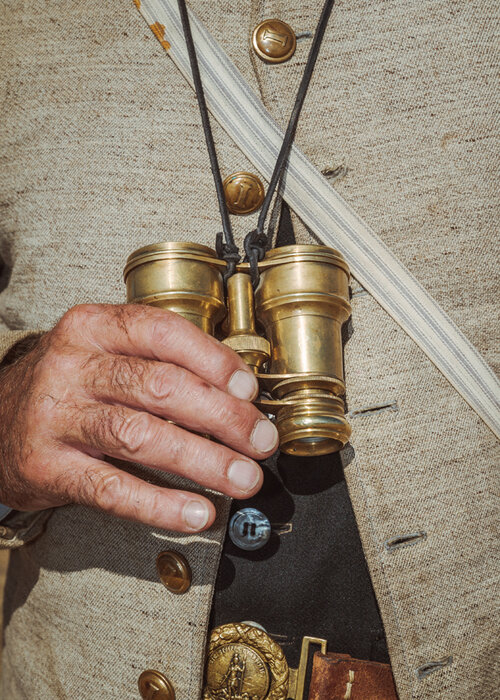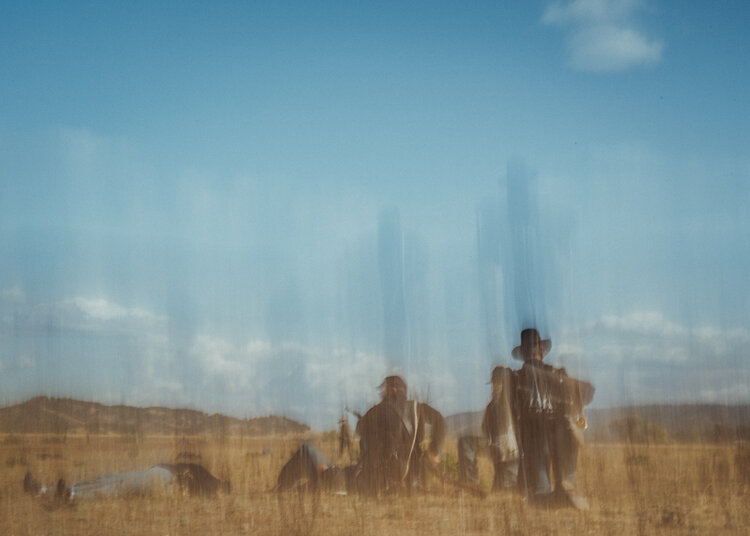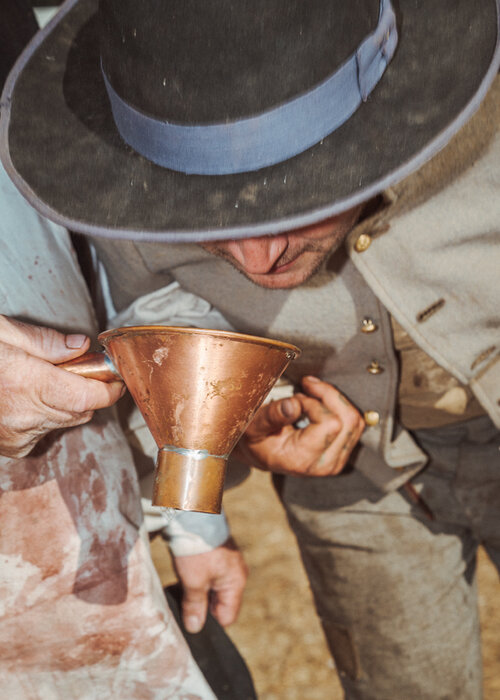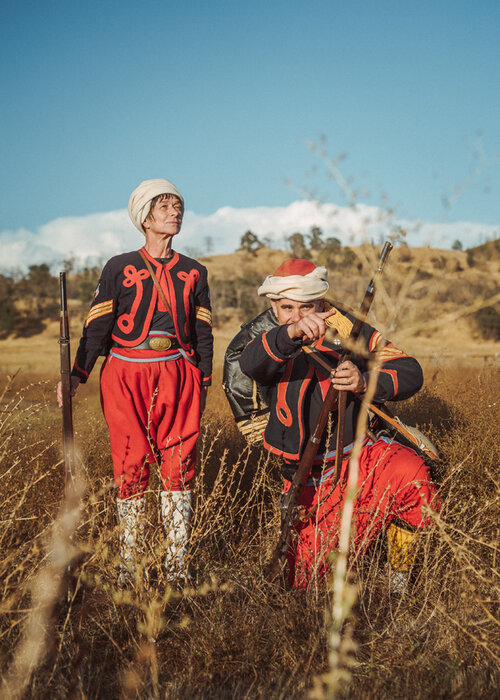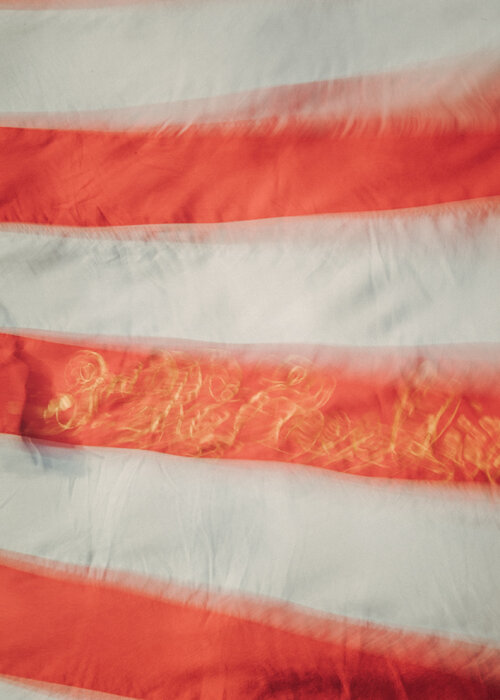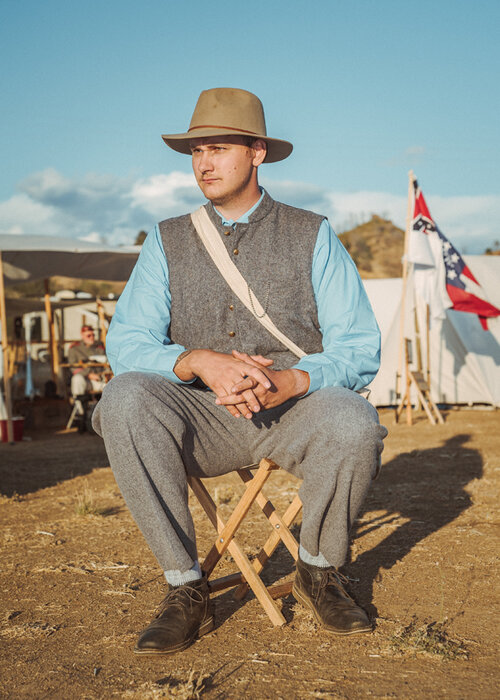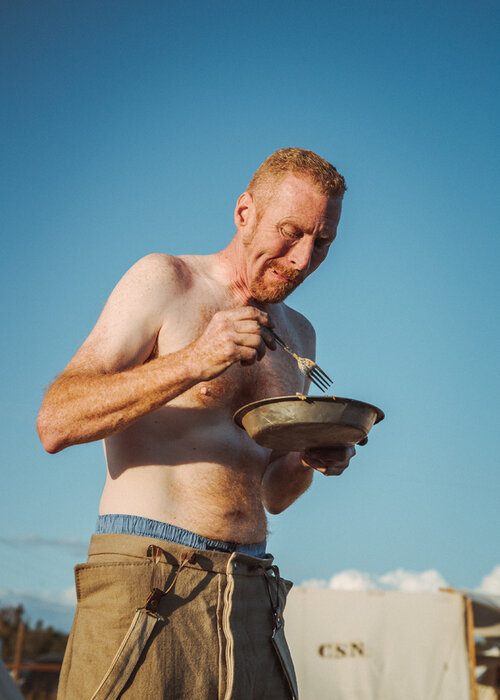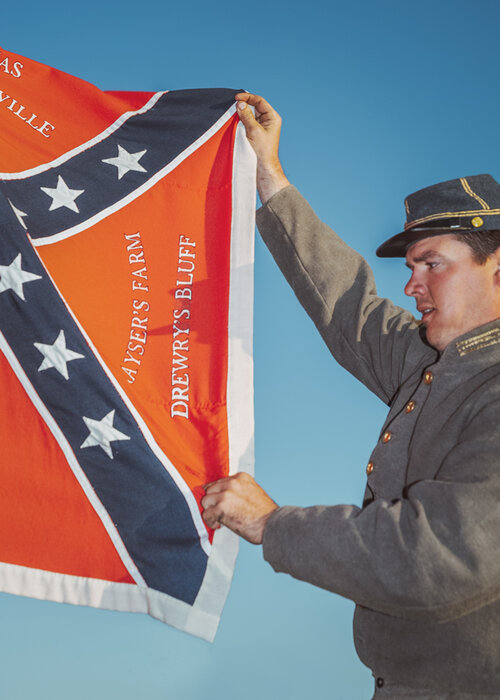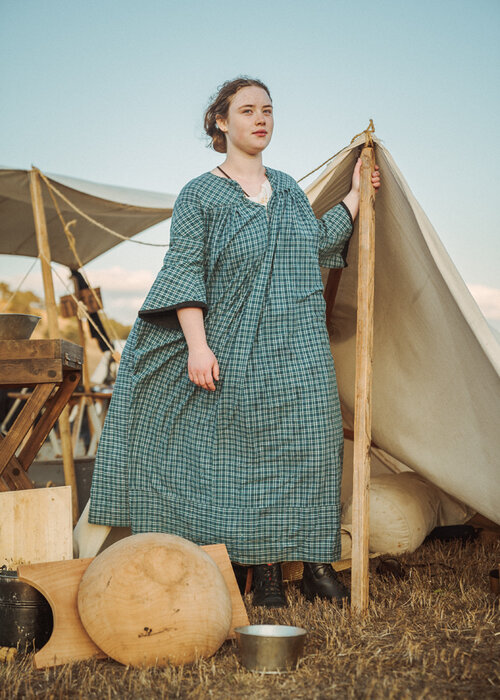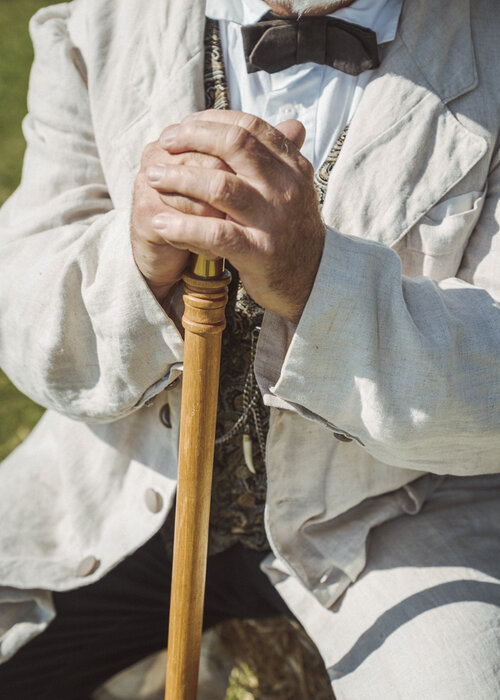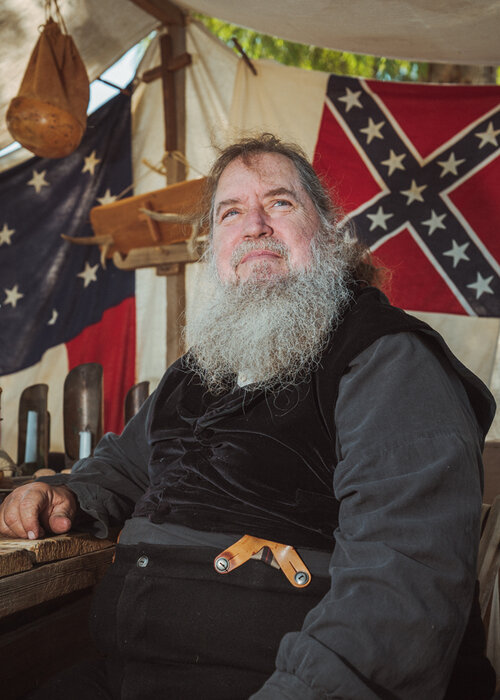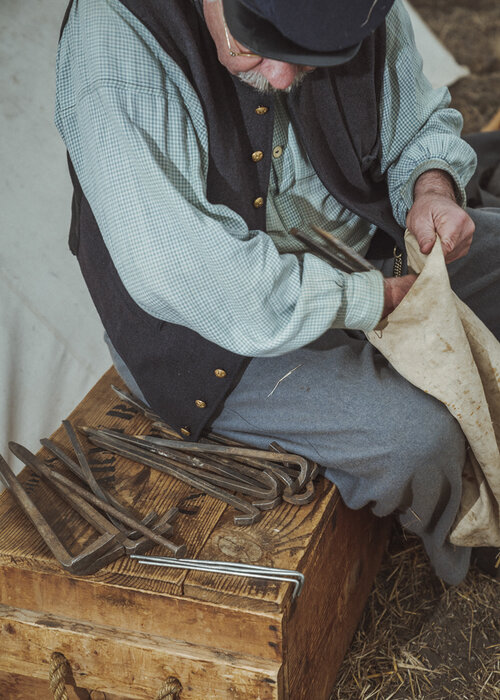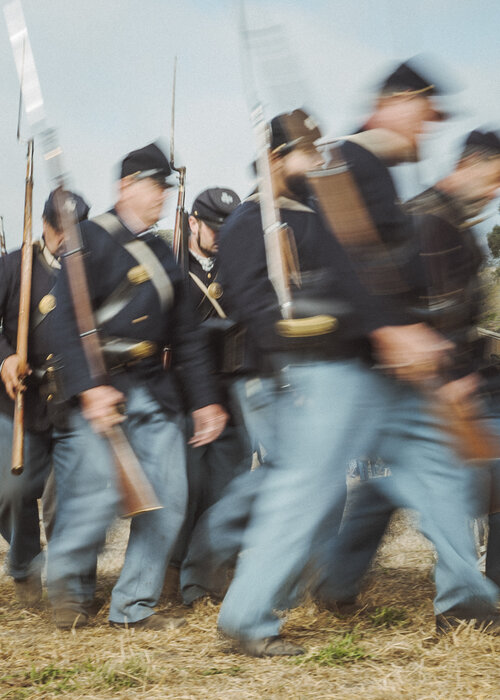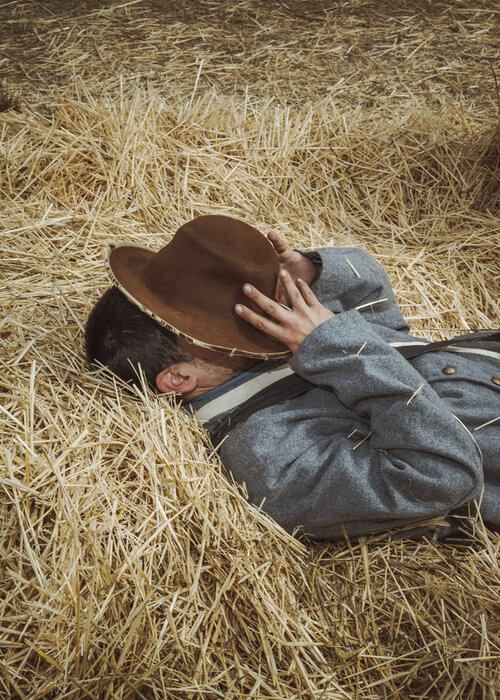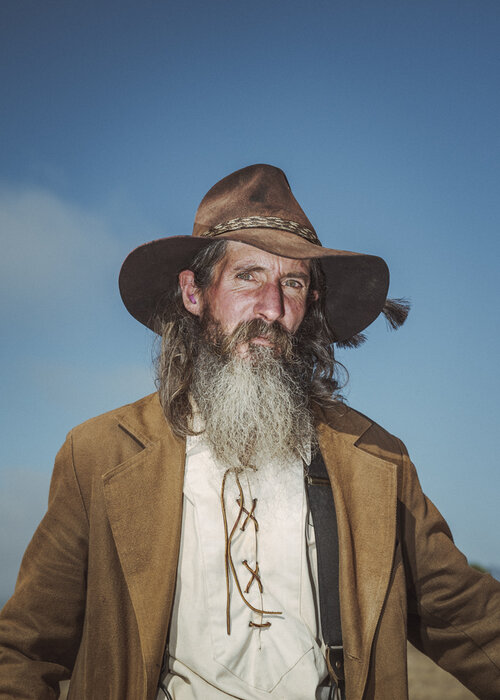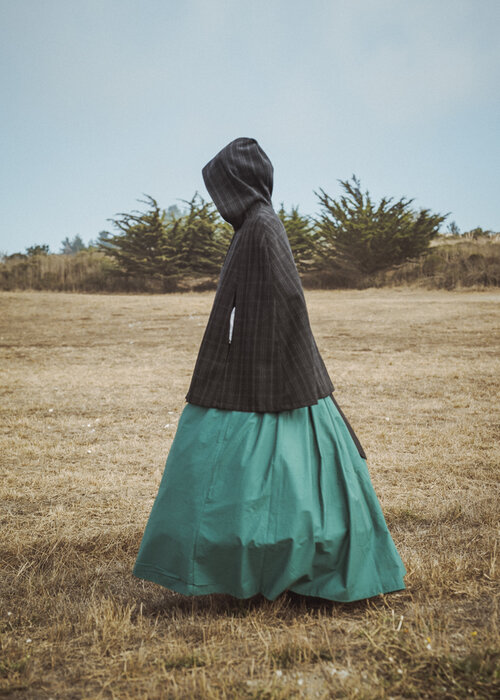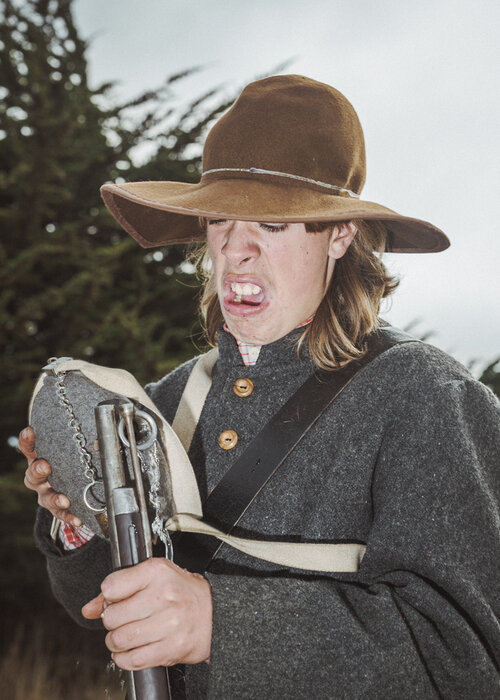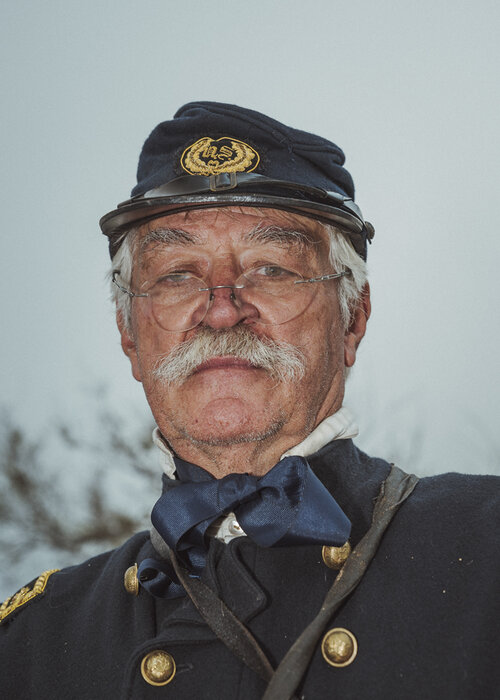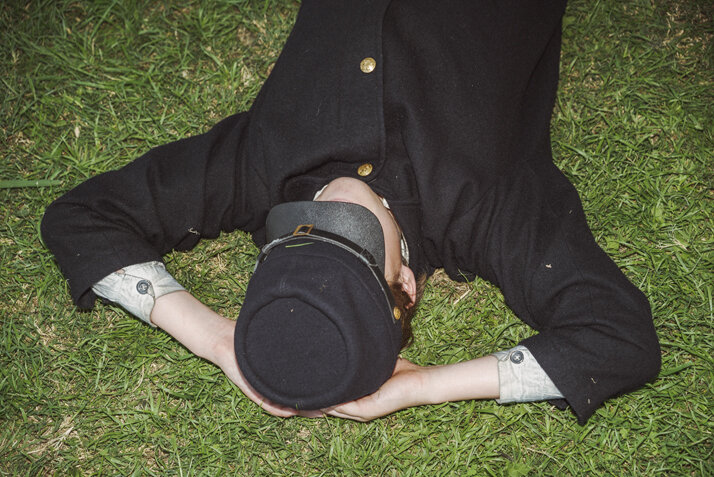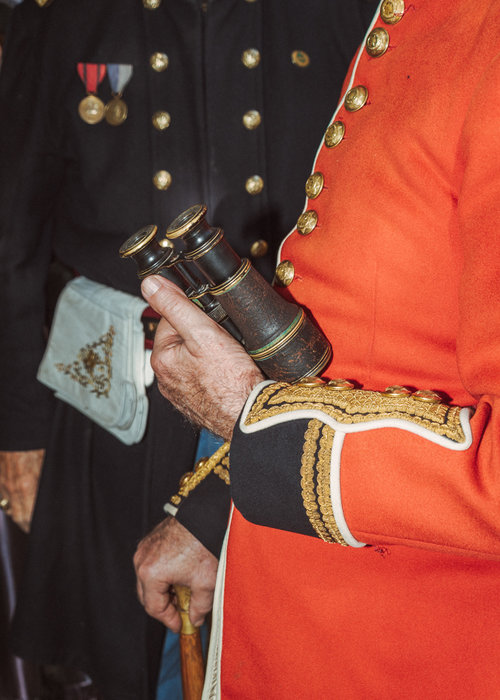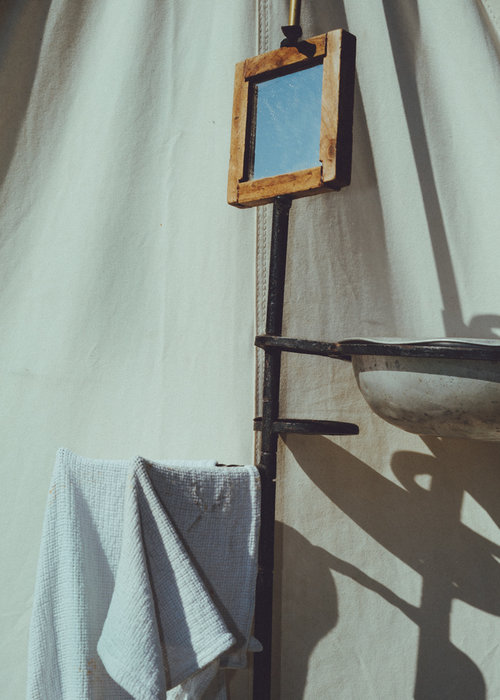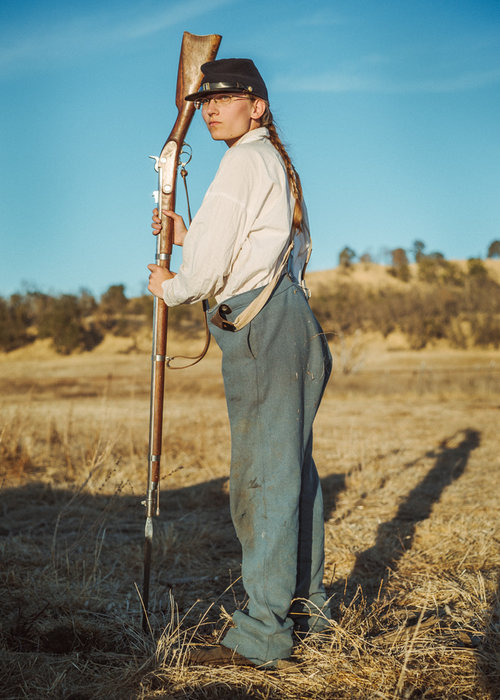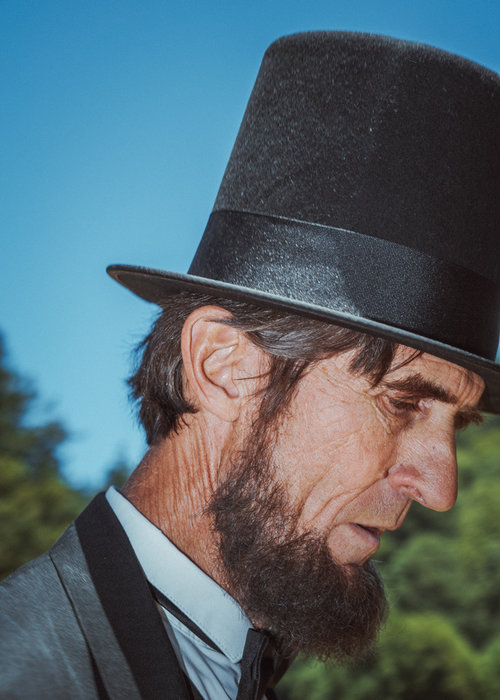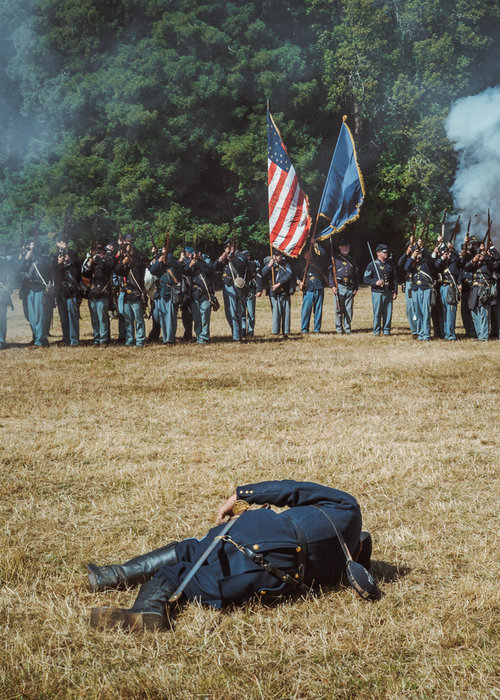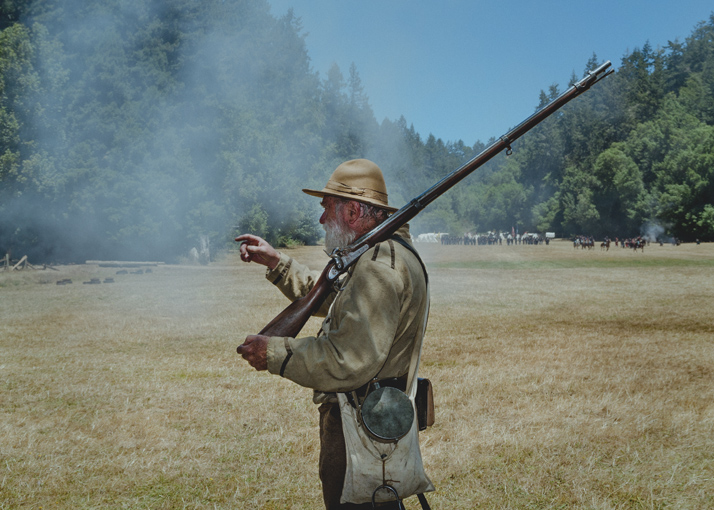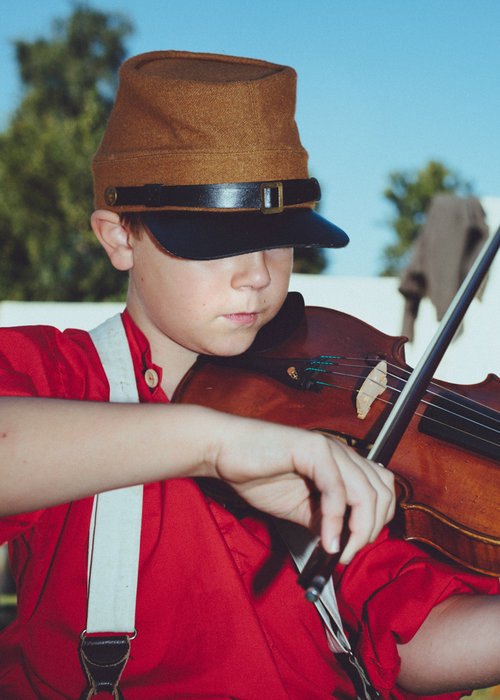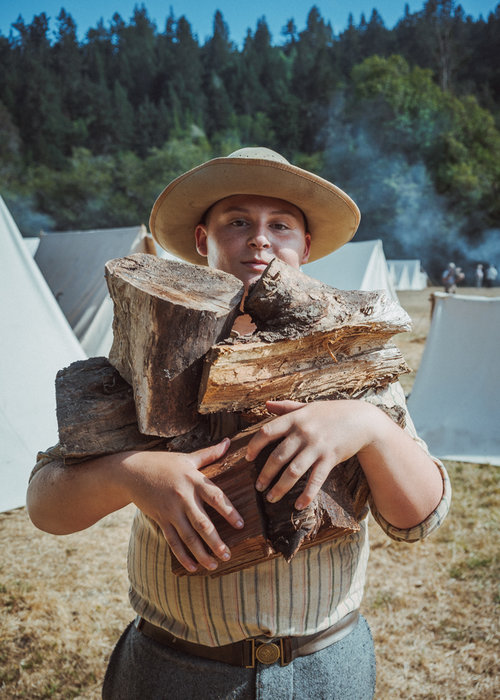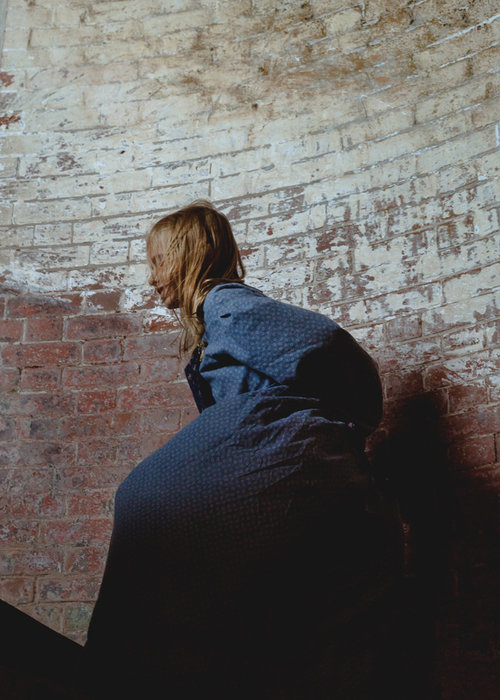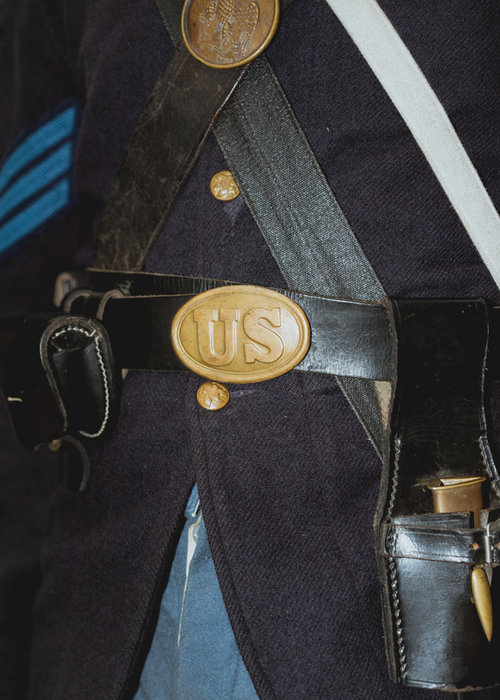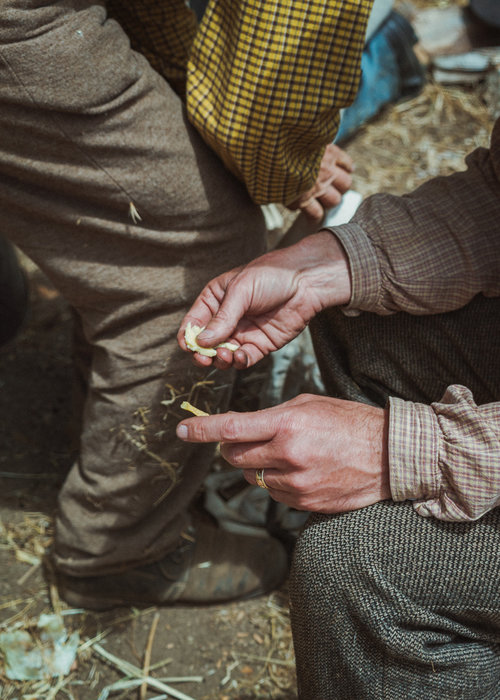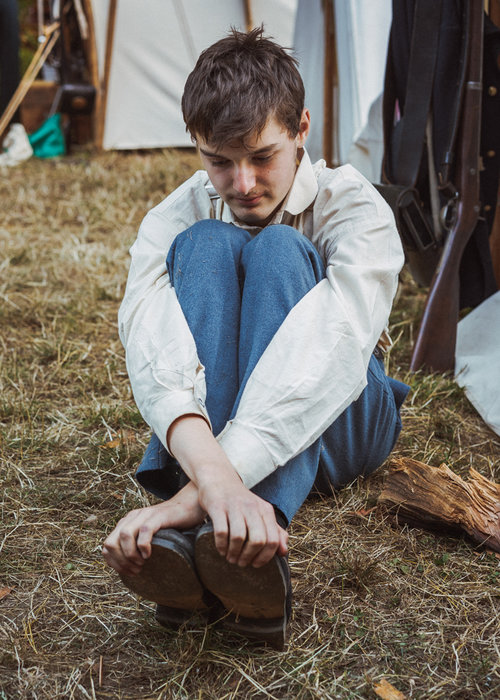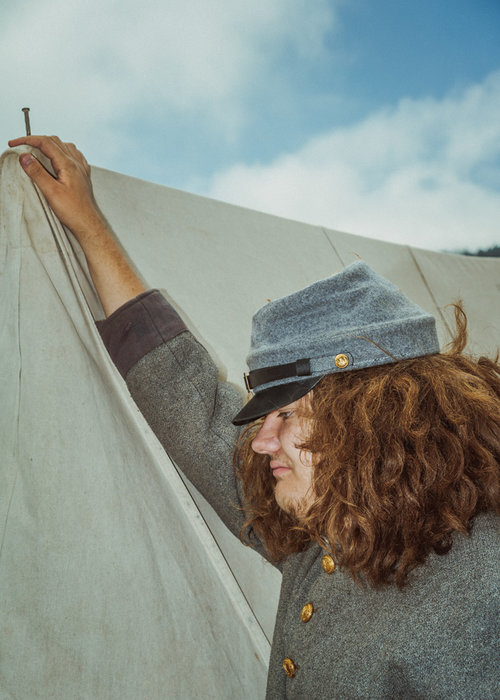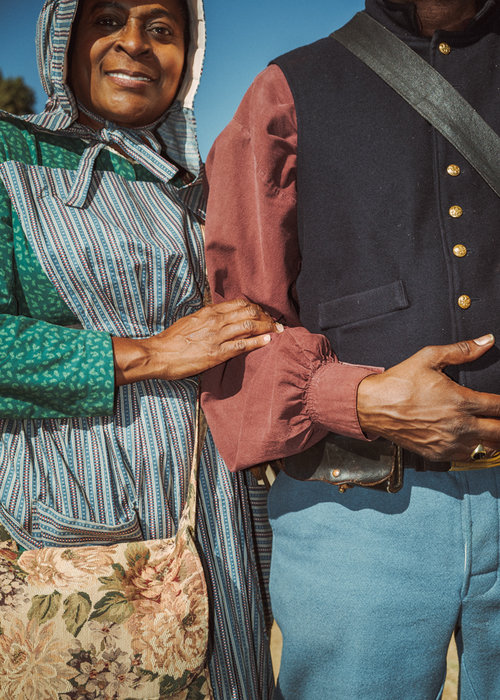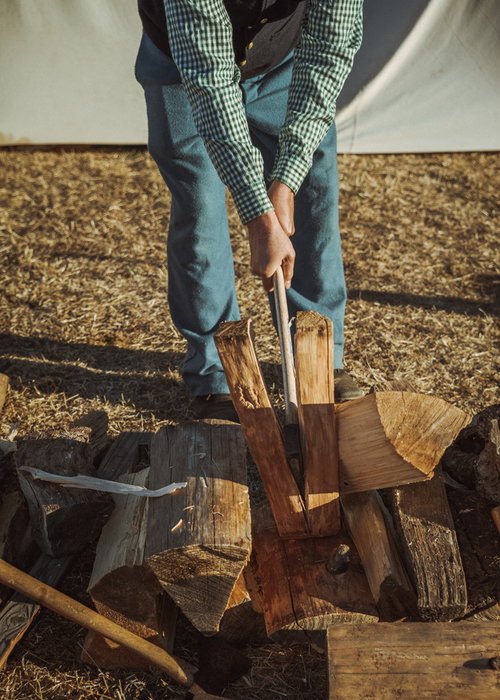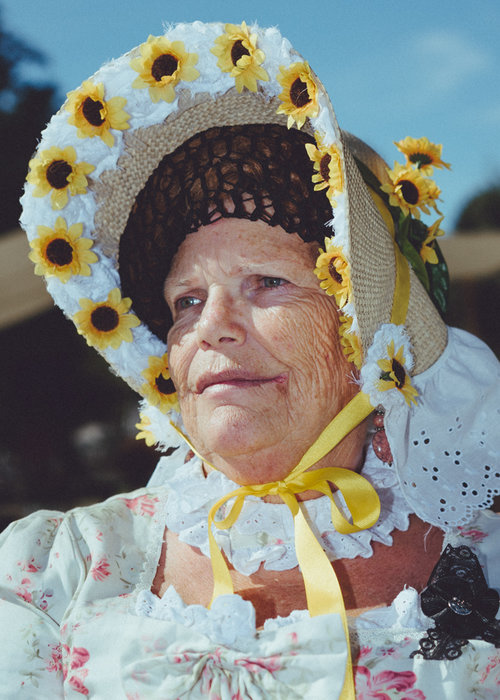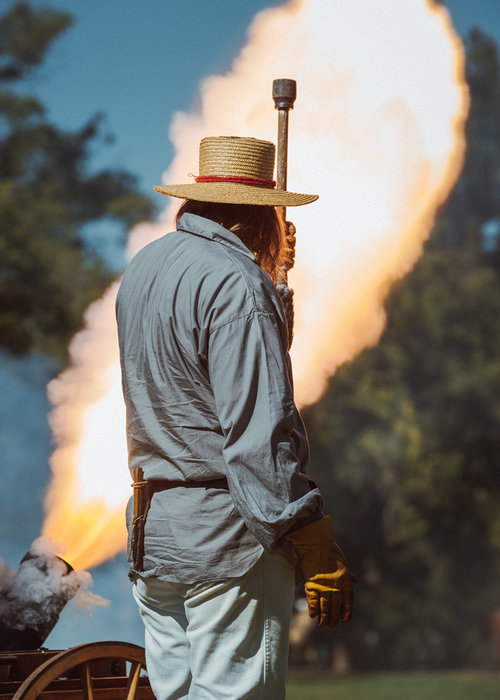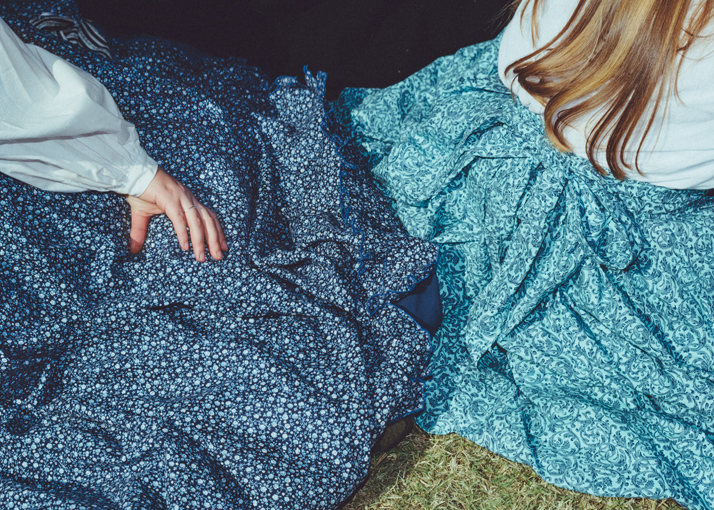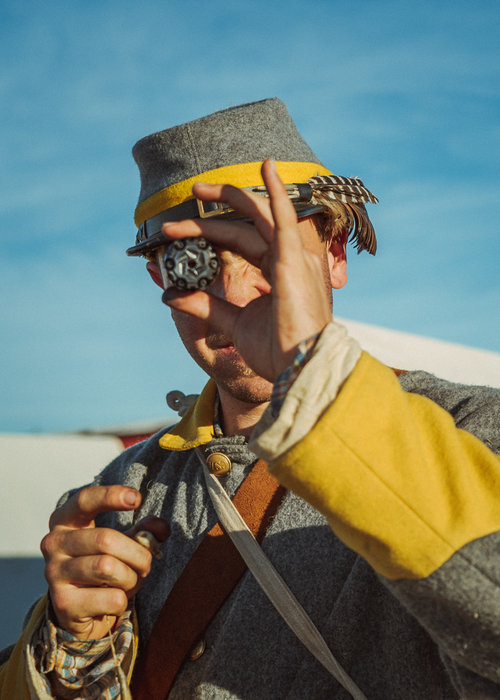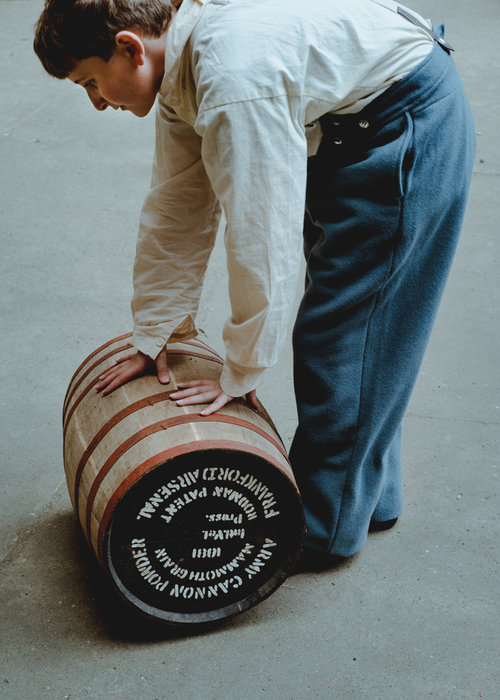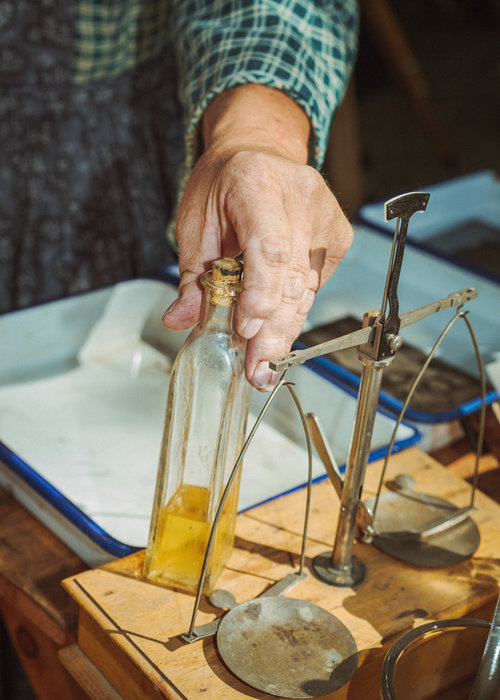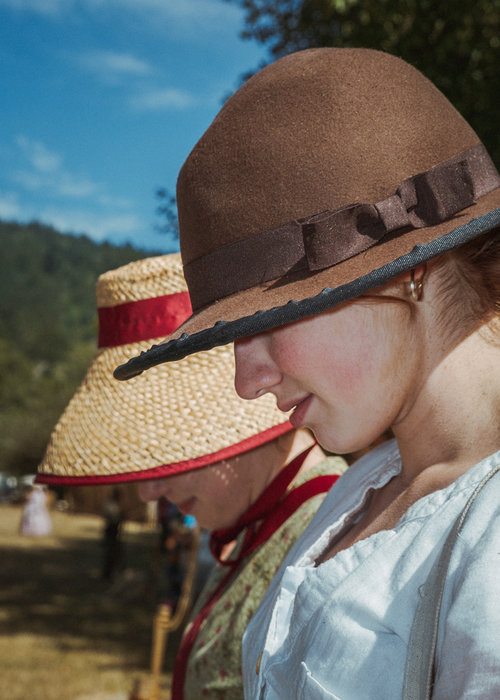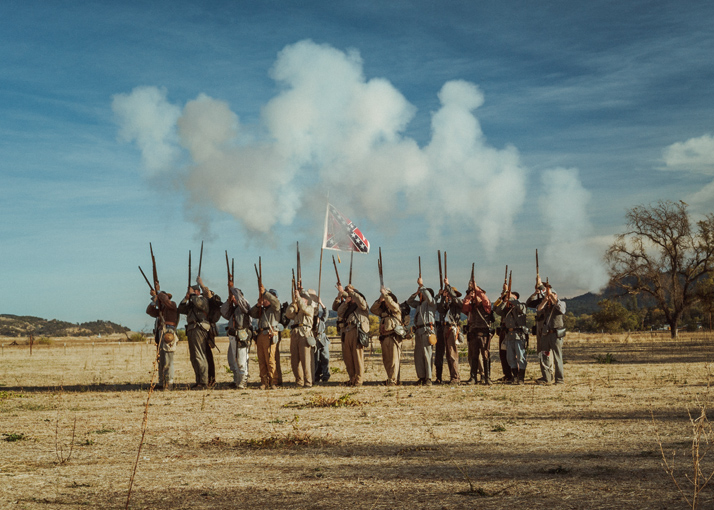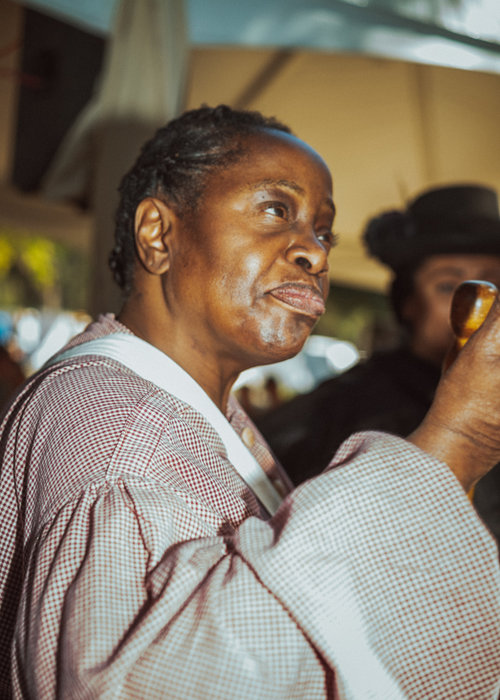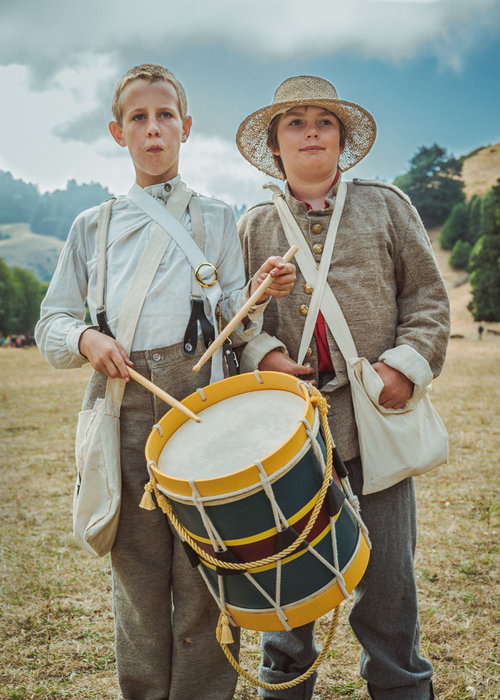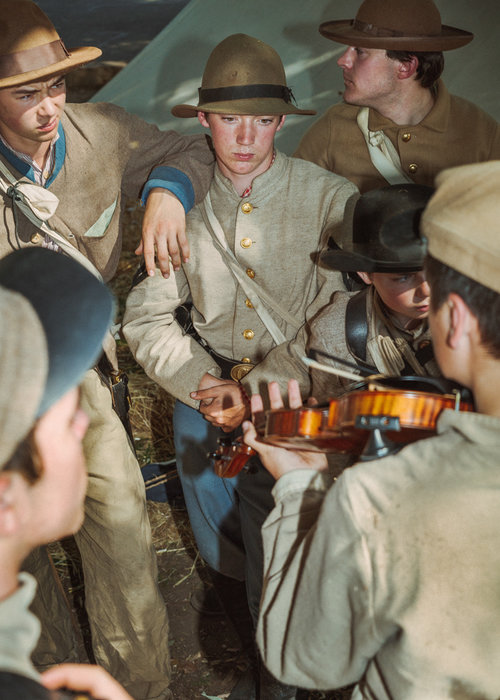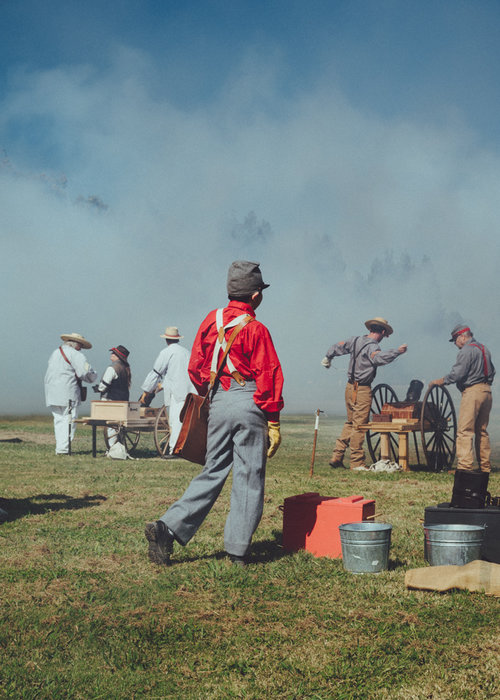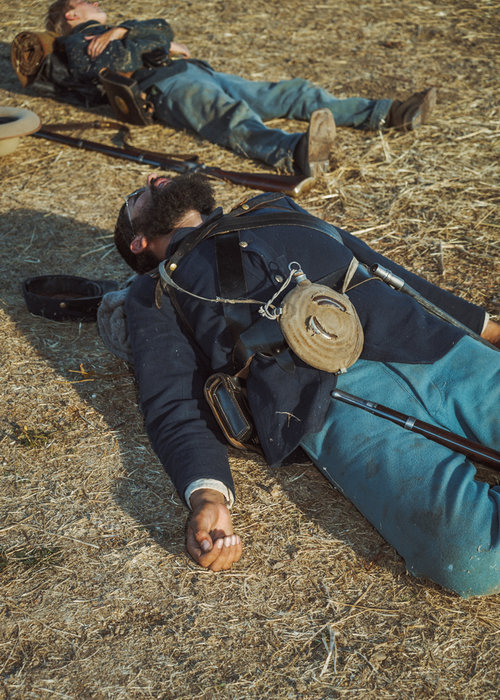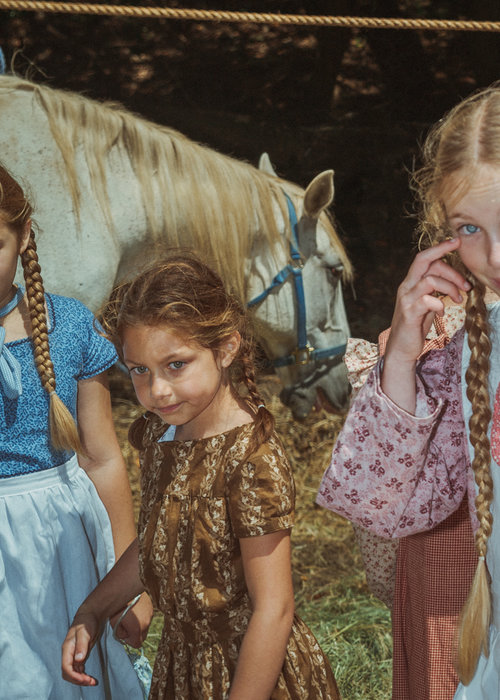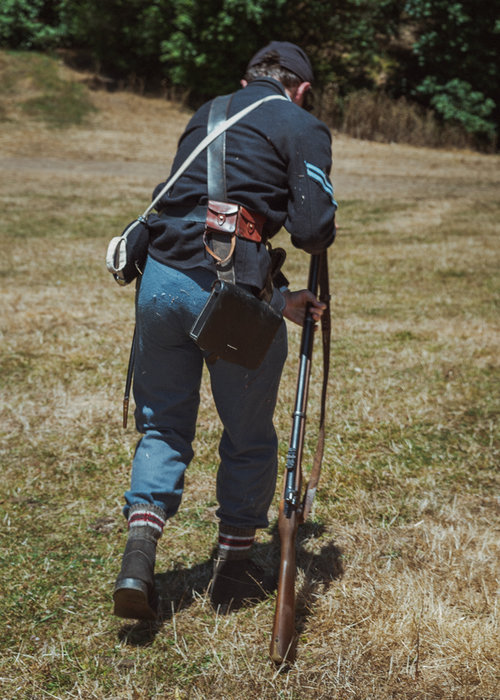Human beings have waged war since the dawn of time. They have played war for almost as long. Roman emperors staged massive battle reenactments in the Colosseum, with casts of slaves and prisoners of war fighting literally for their lives. Two thousand years later, Buffalo Bill Cody concluded performances of his Wild West Show with a reenactment of the Battle of Little Big Horn. In the United States today, the commemorative landscape is dominated by a single conflict: the Civil War. Every weekend, from New England to New Mexico, thousands of Americans, the vast majority of them white and male, shoulder reproduction rifles, dressed in regimental uniforms correct to button and stitch.
The rise of the reenactor movement was part and parcel of the process of white sectional reconciliation. A watershed moment occurred at Gettysburg in 1913, when more than 50,000 aged veterans met again where they had clashed fifty years before. At the conclusion of the festivities, the men reenacted Pickett’s Charge, converging on the Bloody Angle, the low stone wall where the tide of the Confederacy had broken and rolled back, now extending hands rather than bayonets. The watching throng cheered this final act of sectional reconciliation. Few troubled to ask what that reconciliation signified for African Americans.
The Civil War reenactor movement stands today at a crossroads. The broad consensus about the war’s meaning forged in the late nineteenth and early twentieth centuries appears to be crumbling, as the nation engages in a belated reckoning with slavery and its legacy. Buildings named in honor of slaveholders have been rechristened. Several American cities, including New Orleans, Baltimore, and Charlottesville, have taken down Confederate monuments. These actions have, in turn, provoked a visceral reaction in some precincts of the far right, many of whose members have conspicuously embraced the iconography of the Confederacy as their own. What all this portends for the future of Civil War reenactment remains to be seen, but it does suggest some stormy seas ahead.
In the meantime, reenactors continue to answer the call, mustering not only on the hallowed grounds of Gettysburg and Shiloh but also further afield. The photographs in Brandon Tauszik’s body of work were made in northern and central California. A continent removed from the main theaters of war, California is home to half a dozen Civil War reenactment organizations, which between them stage some twenty events per year. Look carefully at the images. Given our fraught political moment, one might expect a more skeptical perspective. Instead, Tauszik renders his subjects as they present themselves, never puncturing the carefully cultivated historical illusion surrounding them. They are generous, even gentle images, devoid of irony or condescension, inviting not ridicule but curiosity about people whose commitments may differ from our own. In this polarized, perilous moment in the history of our democracy, this is an attitude worth cultivating. Societies that lose it sometimes fight civil wars in earnest.
James T. Campbell, Ph.D
Professor of United States History
Stanford University
